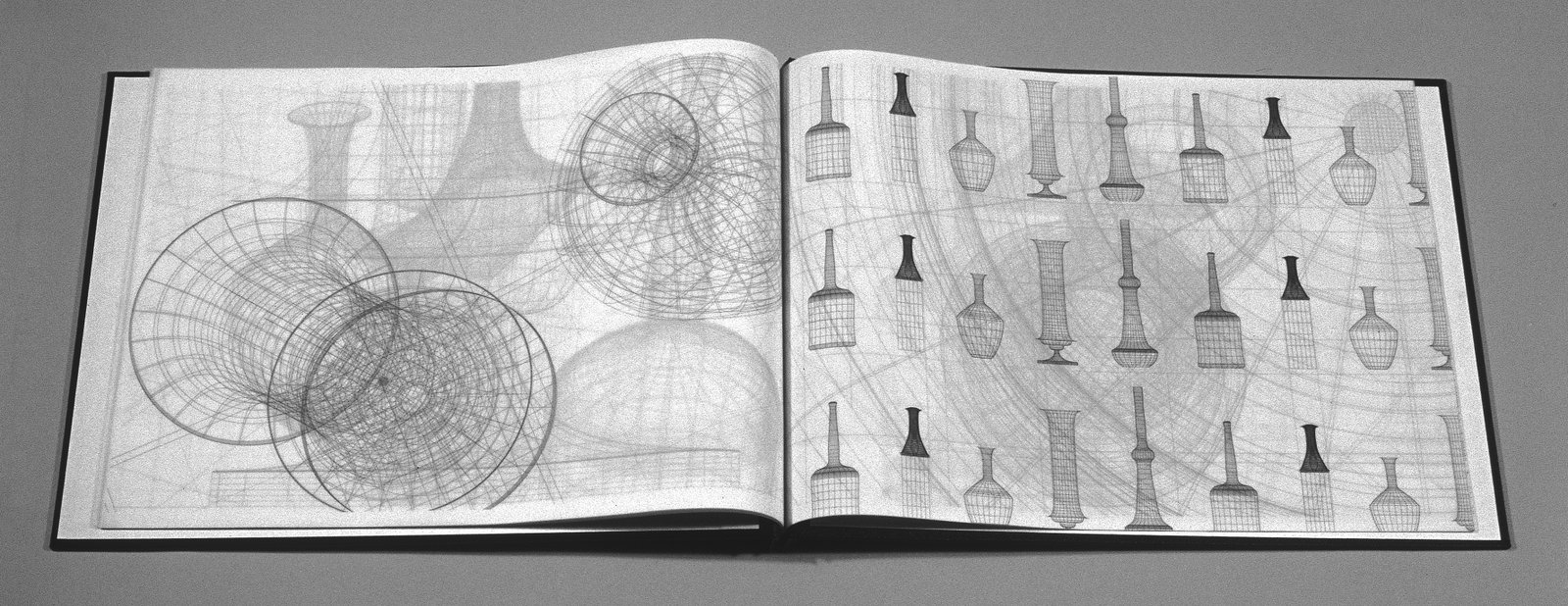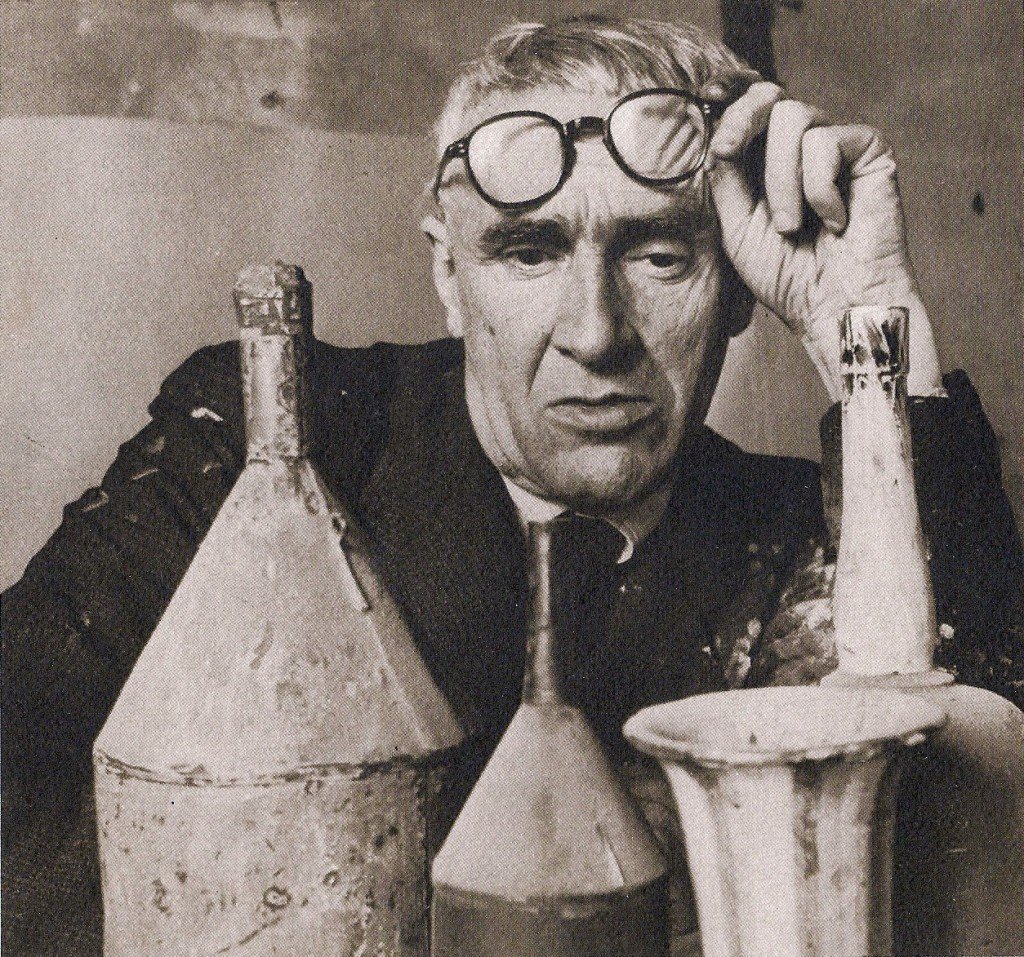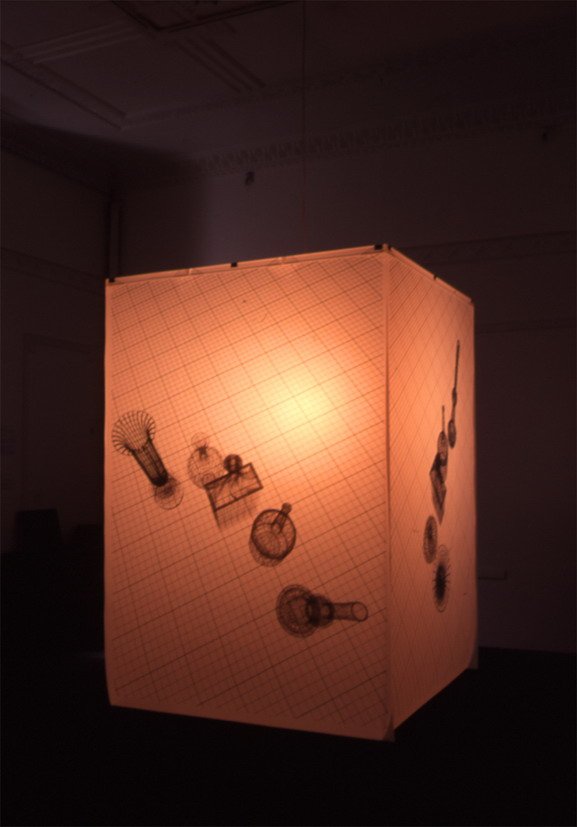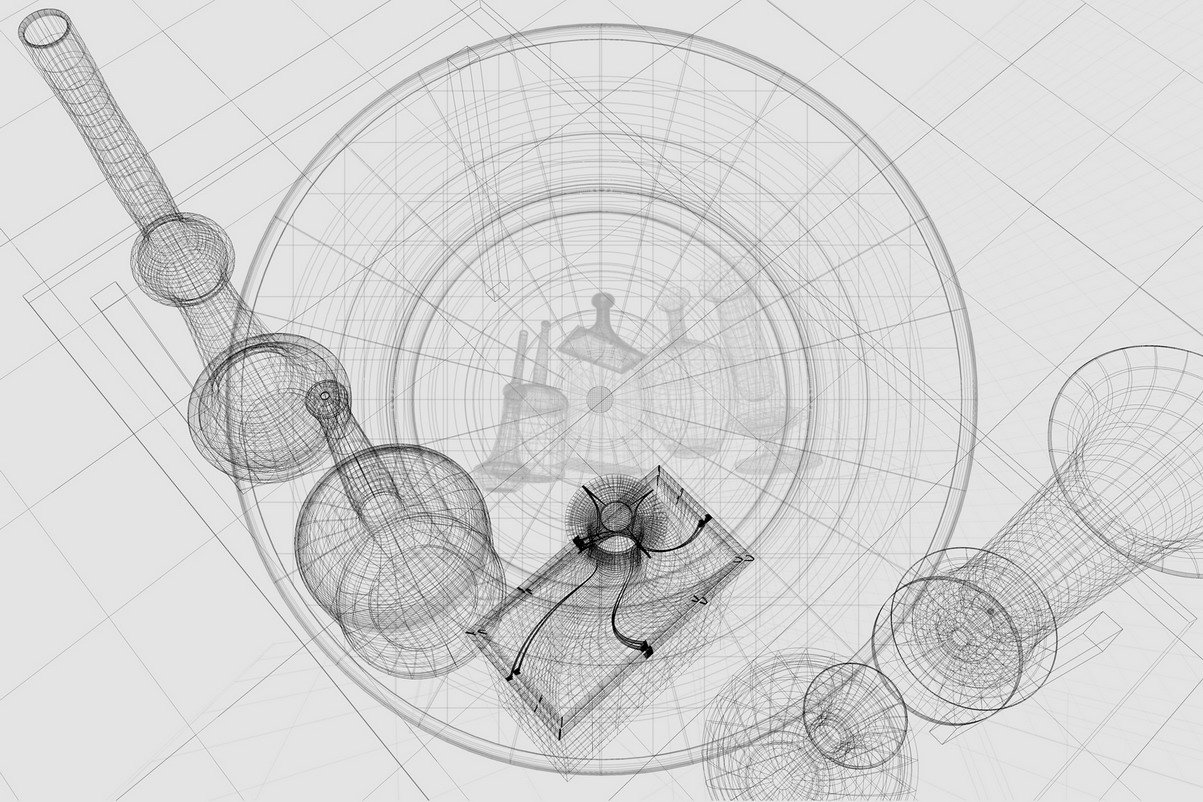When I created the art project Unravelling Morandi the intention was to reflect on the meditative mind of the 20th century Italian artist Giorgio Morandi. The works consist of an editioned artist book (4 copies), a 3D computer generated animation, an installation of suspended, back-lit images and a single artist book of ‘working’ images.


There is a very real quality to these works of someone trying to solve a one of life’s mysteries. The problem for Morandi though is that he believed that if he’d been a good artist, he would only have needed to create one perfect image to unlock the puzzle. Consequently, every time he created a new work, he felt it proved that he was failing. There is something incredibly private and intimate about this quest, as if Morandi never intended there to be an audience. It also means that there is an extraordinary lack of self-consciousness about the work. It makes the experience of viewing a Morandi print or painting feel like a privilege.
I produced Unravelling Morandi in 1998 and the editioned book was exhibited alongside a 3D computer animation, an installation of suspended back-lit, wire-frame images printed on drafting film and another, single copy book which contains a complete set of working ‘drawings’ which describe the process of the project’s creations.Unravelling Morandi uses one of Giorgio Morandi’s prints as the subject of a new series of images. The purpose is to recreate the print as as computer-generated 3D model. This model was then used to produce a series of wire-frame drawings which are meant to unpick the forms that Morandi was trying to represent. The editioned book has been made in the form of a set of quasi-engineering images, all printed on drafting film and bound in a very utilitarian way, between black-covered book-boards and bound with brass screws. The title Unravelling Morandi is gold embossed on the front cover. Two of the edition of four books are in public collections and the other two are privately owned.
© 1998, Michael Shirrefs
Giorgio Morandi was born in 1890 in the northern Italian city of Bologna. He was a painter and printmaker of great skill and dedication, who produced a much-revered body of work that was more like a private reverie on the phenomenon of perception, than a great public flourish of ideas. His existence was almost hermetic. He lived his entire life without ever straying far from his home city and he died there in 1964. Morandi’s life was private and quiet. He was a pathologically shy man who found life very difficult outside the security of the house that he shared with his mother and sisters. In fact to get to his studio, Morandi had to pass through his sister’s bedroom.
The subjects of Morandi’s work are most often an assortment of unremarkable objects—bottles and jars—which lay around his studio. However the object of Morandi’s attention is not these vessels, but the fundamental act of how we perceive our physical world. Giorgio Morandi could spend days, weeks, even months getting his still-life arrangements and the lighting exactly right. But once he was satisfied, he would execute the image very quickly. The resulting pictures have an immediacy and intensity that comes from the rapid and confident gestures of an artist who wants to capture a moment.



